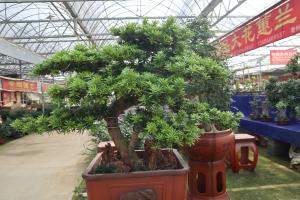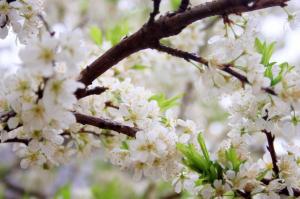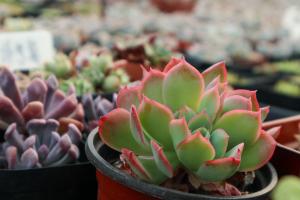Indoor breeding method:
1. Temperature: its suitable growth temperature is between 18 ℃ and 32 ℃, and if the temperature exceeds 38 ℃ in summer, it will stop growing; Pay attention to cold prevention in winter. The temperature cannot be reduced below 3 degrees. If it is under 3 degrees for a long time, it is easy to frostbite. There is no need to worry about the temperature during indoor breeding, but pay attention to stay away from the air outlet of its refrigeration and heating equipment

2. Light: African Jasmine likes light very much. When placed indoors, it should choose a place where the light can penetrate, but avoid the strongest light at noon, or use a layer of shelter. If there is no condition for it to be in the sun all day, it needs to be bathed in the sun for at least 3 hours a day. If it is bathed in the sun for a long time, it is easy to make its leaves lose green, turn yellow and wither
3. Moisture: there should be enough humidity during daily maintenance, especially in spring and autumn. In winter, the soil can be kept in a humid state. In summer, under the condition of ensuring that the soil is wet, water should be sprayed on the plants twice a day, one is to cool down and the other is to increase its humidity; If the leaves are wilted and yellow and weak due to untimely watering in summer, watering can not be carried out directly at this time. Spray water on the leaves first, and the leaves can be watered only after they return to normal. Never allow ponding whenever watering

Precautions:
Keep the basin soil clean, which can effectively prevent the invasion of diseases and pests

 how many times do yo...
how many times do yo... how many planted tre...
how many planted tre... how many pine trees ...
how many pine trees ... how many pecan trees...
how many pecan trees... how many plants comp...
how many plants comp... how many plants can ...
how many plants can ... how many plants and ...
how many plants and ... how many pepper plan...
how many pepper plan...































